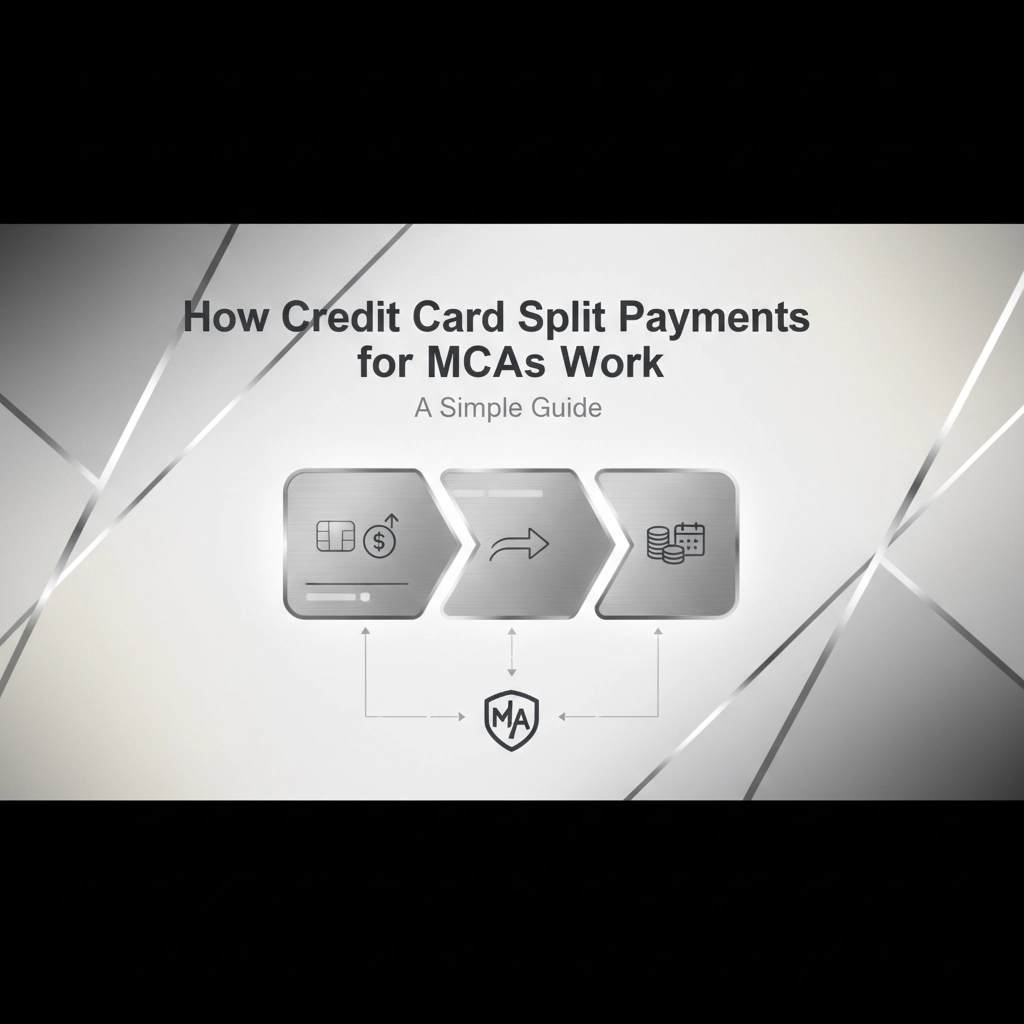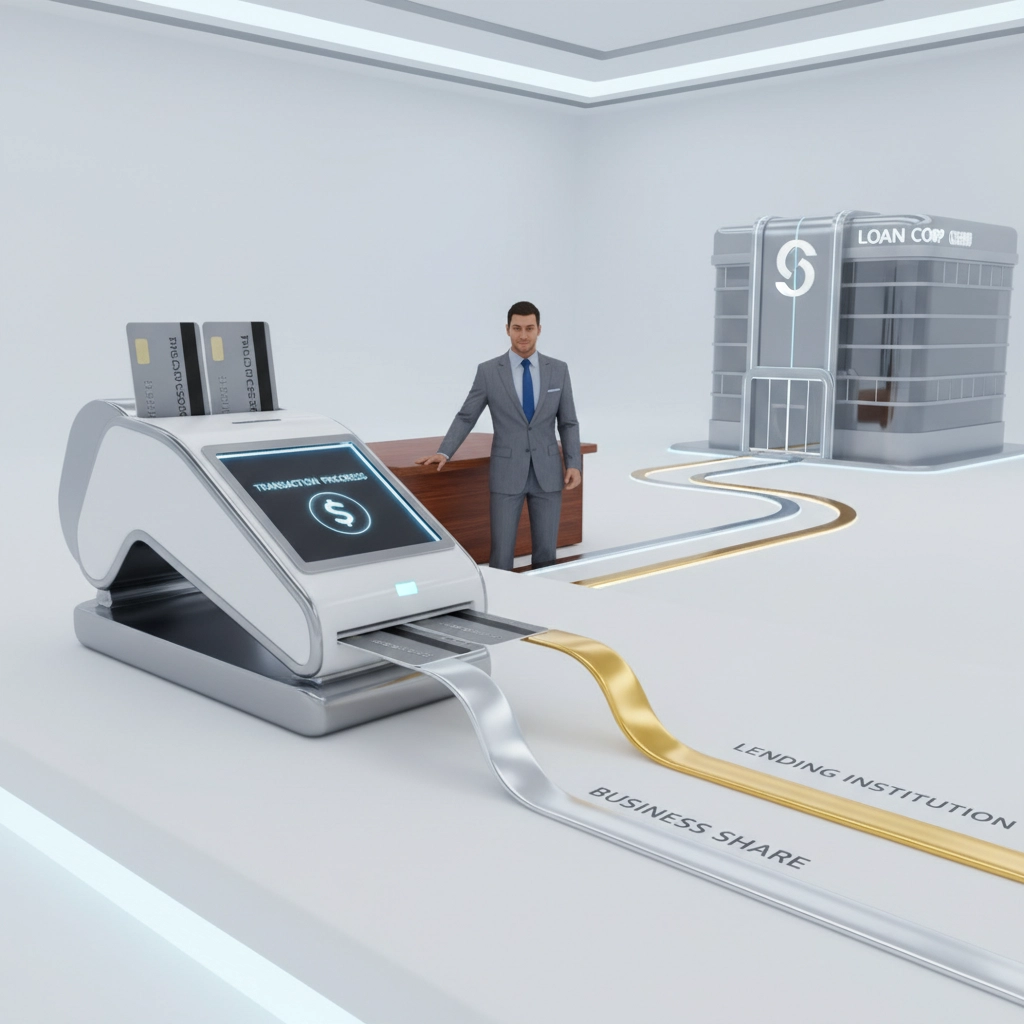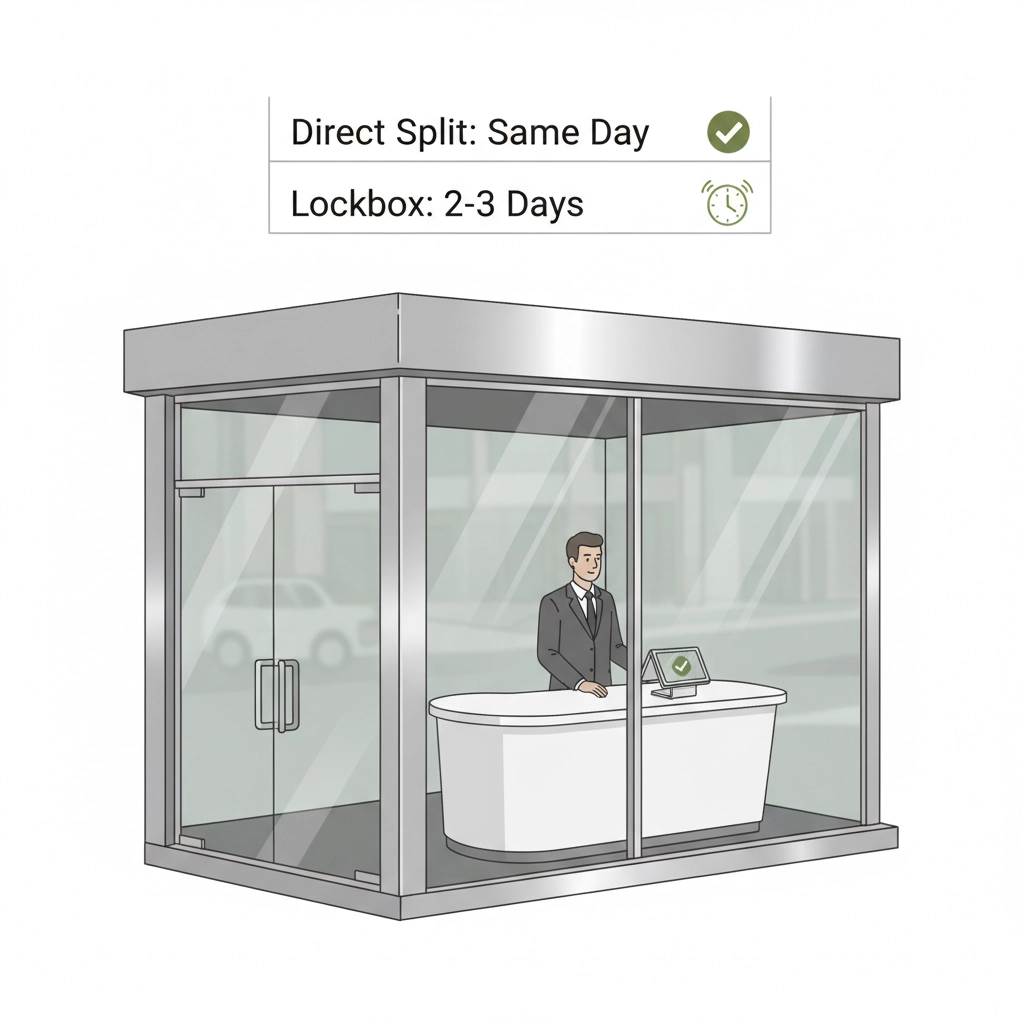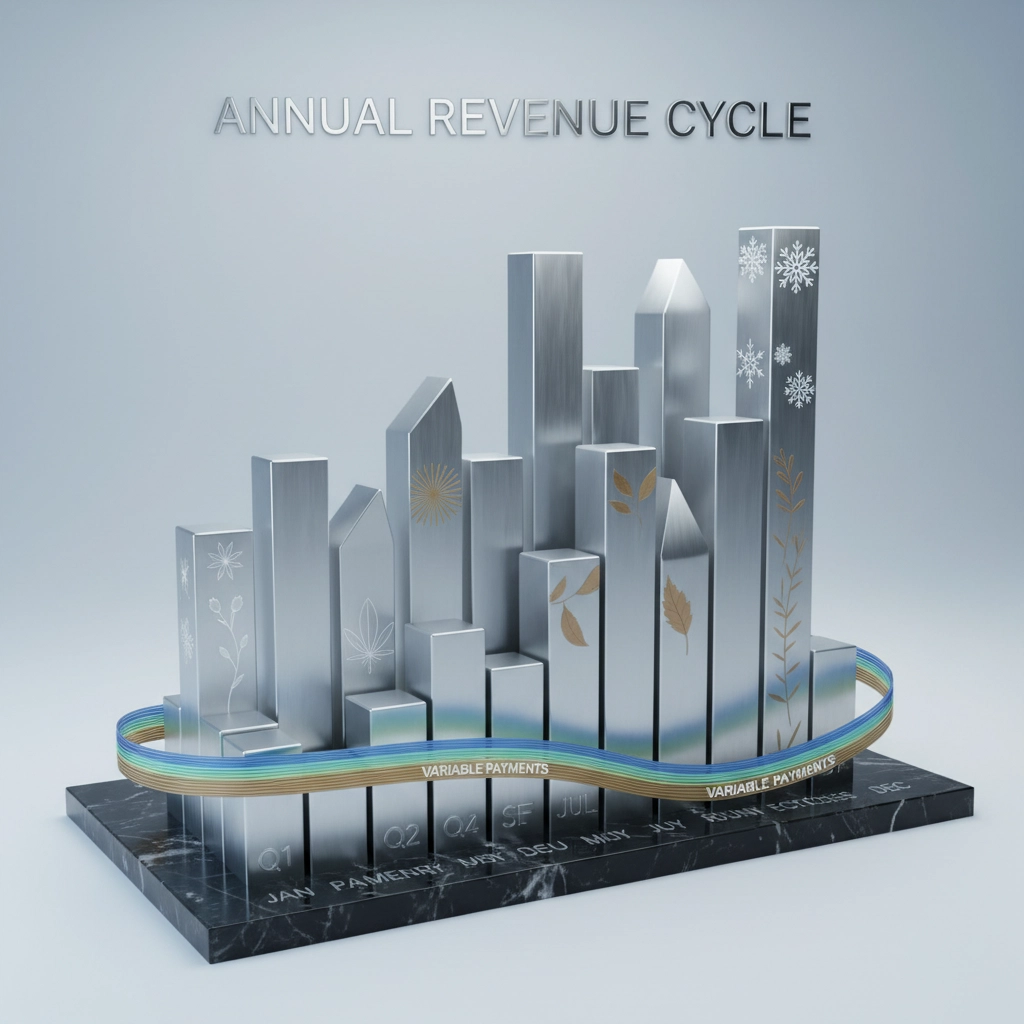How Credit Card Split Payments for MCAs Work: A Simple Guide

If you've been looking into merchant cash advances (MCAs), you've probably heard the term "split payments" thrown around. But what does it actually mean, and how does it work in practice? Let's break it down in plain English so you know exactly what you're signing up for.
When you get an MCA, you're not making traditional monthly loan payments. Instead, the lender automatically takes a percentage of your daily credit card sales until the advance is paid back. Think of it like this: every time a customer swipes their card at your business, a portion of that money goes directly to your MCA provider before you even see it.
The Basic Mechanics of Split Payments
Here's how it works day-to-day. Let's say you got a $50,000 MCA with a 15% split rate. Every single day when you process credit card transactions, 15% of those sales get automatically deducted and sent to your lender. The remaining 85% hits your business account as usual.

So if you have a good day and bring in $2,000 in card sales, $300 goes to the MCA company and $1,700 goes to you. On a slower day with only $800 in sales, they take $120 and you keep $680. Your repayment amount literally rises and falls with your business performance.
This percentage-based system means there's no fixed daily or monthly payment amount. Unlike a traditional business loan where you owe the same $1,500 every month regardless of how business is going, MCA payments flex with your cash flow.
The Direct Split Method
The most common way this happens is through direct split processing. Your MCA provider partners with your credit card processor (the company that handles your card transactions) to set up an automatic split.
When you batch out your daily transactions: usually at closing time: the system automatically divides the money. Your agreed percentage goes straight to the lender, and your portion gets deposited into your business account on your normal timeline.
The beauty of direct split is that nothing changes from your perspective. You still use the same card terminal, follow the same end-of-day procedures, and get deposits on the same schedule. The split happens behind the scenes without any extra work on your part.
Most established MCA companies work with major processors like First Data, Elavon, and others to make this seamless. You don't need to switch processors or deal with new equipment: they just add the split to your existing setup.
The Lockbox Alternative
Some businesses prefer the lockbox method, especially if they don't want to change their current payment processor or would face expensive early termination fees.
With a lockbox setup, you open a special business account that acts as a middleman. All your credit card sales get deposited into this lockbox account first. Then the account automatically splits the money: sending the MCA portion to your lender via ACH transfer and depositing your share into your regular business account.

The main downside? Timing. While direct split usually doesn't delay your deposits at all, lockbox typically adds 24-48 hours to the process. If you normally get funds the next business day, you might not see them for 2-3 days with a lockbox arrangement.
Setting up a lockbox requires completing additional paperwork and redirecting your processor to deposit into the new account rather than your existing one. Most lenders can get this running within 48 hours once you sign the forms.
How Split Payments Impact Your Daily Cash Flow
The percentage-based structure creates a direct link between your sales performance and your debt payments. This can work for you or against you, depending on your business pattern.
During busy periods: Higher sales mean bigger payments, which helps you pay off the advance faster and reduces the total cost. If your restaurant has a great weekend and processes $5,000 in cards instead of your usual $2,000, you're making real progress on that balance.
During slow periods: Lower sales mean smaller payments, giving you breathing room when cash is tight. If a snowstorm keeps customers away and you only process $500 in cards, you're only paying $75 instead of a fixed $300 loan payment.
This flexibility can be a lifeline for seasonal businesses or those with unpredictable revenue patterns. A landscaping company that does great in spring and summer but struggles in winter won't get crushed by the same payment when business is slow.
The Hidden Impacts You Need to Know
While the flexibility sounds great, split payments create some less obvious effects on your business operations.
Cash flow becomes less predictable: Since you never know exactly how much will be deducted each day, budgeting gets tricky. You might plan for $1,500 in daily deposits but only receive $1,200 because sales were higher than expected.
Weekend and holiday effects: Most businesses see different patterns on weekends or during holidays. If you typically do 40% of your weekly sales on weekends, those will be your biggest MCA payment days too.

Seasonal businesses get hit hard: While slow periods mean smaller payments, busy seasons become more expensive. A tax prep service might pay very little during summer but get hammered with large deductions during tax season when they can least afford the cash flow hit.
The Real Benefits of Split Payments
Despite the complexities, split payments offer some genuine advantages over fixed-payment financing:
No risk of default during slow periods: You can't miss a payment because there's nothing to miss. If you have zero credit card sales, your payment is zero. Try explaining that to your traditional lender.
Built-in cash flow protection: The system automatically adjusts to your ability to pay. During a rough month, you're not scrambling to make a fixed payment that could break your cash flow.
Faster payoff during good times: When business booms, you pay down the advance quickly and save on fees. A traditional loan payment stays the same whether you have a great month or a terrible one.
No payment processing hassle: Everything happens automatically. No checks to write, no ACH to set up, no payments to remember. As long as you're processing cards, the system handles itself.
The Pitfalls to Watch Out For
Split payments aren't all sunshine and roses. Here are the major concerns:
You lose control over payment timing: Can't decide to pay extra one month and less the next. The percentage is fixed, so you're locked into whatever split you agreed to.
Higher fees during peak performance: Your best sales days become your most expensive debt service days. Some businesses find they're paying huge chunks during their most profitable periods.
Difficult to budget around: Not knowing your exact daily payment makes cash flow planning nearly impossible. You're always estimating based on projected sales.
Potential for cash flow crunches: A string of high-sales days can drain your working capital faster than expected, especially if you have other fixed expenses coming due.
Making Split Payments Work for Your Business
If you're considering an MCA with split payments, run some scenarios first. Look at your credit card sales patterns over the last 6-12 months and calculate what your daily payments would have been.
Calculate your average: If the split percentage times your average daily card sales equals more than 10-15% of your total daily revenue, proceed carefully. That's a substantial chunk of your cash flow.
Consider seasonal patterns: Make sure you can handle the payment amounts during your busiest periods. It's easy to focus on how manageable the payments are during slow times and forget about peak season cash flow needs.
Plan for the unexpected: What happens if you have several high-sales days followed by major expenses? The split system doesn't care about your rent, payroll, or inventory needs.
Understanding split payments is crucial before signing any MCA agreement. While the automatic, flexible nature can provide genuine benefits, you need to go in with eyes wide open about how it will affect your daily operations and cash flow management.
The key is making sure the percentage and terms align with your actual business patterns, not just what sounds manageable in theory. Your business's unique sales cycle and cash flow needs should drive the decision, not just the appeal of "flexible payments."
#MCA #MerchantCashAdvance #SplitPayments #BusinessFunding #CashFlow #SmallBusiness #BusinessLoans #PaymentProcessing #BusinessFinance #Entrepreneurship #BusinessOwners #AlternativeFunding #BusinessCapital #CreditCardProcessing #BusinessDebt
